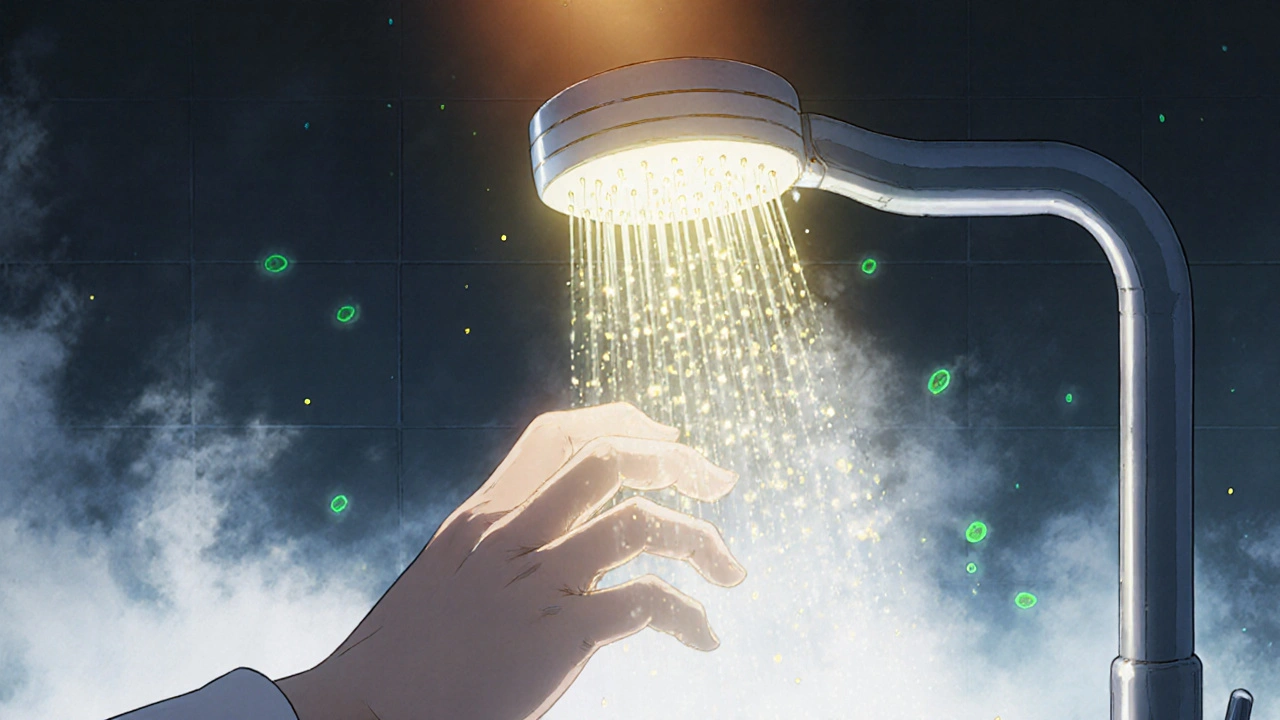
Why Proper Hygiene Is Critical for Preventing Legionnaire’s Disease
Learn why proper hygiene is essential to stop Legionella bacteria and prevent Legionnaire's disease, with practical steps, disinfection options, and a quick checklist.
Read MoreWhen you think of infections, you probably imagine colds or the flu—but Legionella, a type of waterborne bacteria that causes severe pneumonia known as Legionnaires' disease. Also known as Legionella pneumophila, it doesn’t spread from person to person. Instead, it hides in warm water systems—like hot tubs, plumbing, and cooling towers—and turns deadly when people breathe in contaminated mist. This isn’t rare. The CDC reports over 10,000 cases in the U.S. each year, and many go undiagnosed because symptoms look like the flu at first.
Legionella thrives in places where water sits still and heats up. Think hotel showers, large air conditioning units in office buildings, or even decorative fountains. It’s not the water itself that’s dirty—it’s the biofilm growing inside pipes where bacteria cling and multiply. People over 50, smokers, and those with weak immune systems are most at risk. But even healthy adults can get sick if exposed to high enough levels. The infection doesn’t show up right away. It can take 2 to 10 days after breathing in the bacteria before fever, cough, and muscle aches appear. Left untreated, it can lead to hospitalization or worse.
What makes Legionella tricky is how easily it’s overlooked. Unlike food poisoning, you don’t know you were exposed until you’re already sick. Outbreaks often get linked back to a single building or system—like a hospital, cruise ship, or apartment complex—after multiple people fall ill. That’s why building managers are required to test and clean water systems regularly. But for the average person, the best defense is simple: run hot water taps and showerheads for a few minutes if they haven’t been used in a while. Flush out the stagnant water. Keep humidifiers and hot tubs clean. And if you’re in a high-risk group, avoid using spa jets or misting devices in public places.
There’s no vaccine for Legionella, and antibiotics are the only treatment. But prevention works. Cleaning water systems, controlling temperature, and using disinfectants can stop outbreaks before they start. The good news? Most cases are preventable. The bad news? Many people still don’t know what Legionella is—or how it can sneak into their daily environment.
Below, you’ll find real-world cases, treatment insights, and comparisons with other infections that cause similar symptoms. Whether you’re worried about your home water system, your workplace, or just want to understand how a tiny bacterium can cause big health problems, these posts give you the facts without the fluff.

Learn why proper hygiene is essential to stop Legionella bacteria and prevent Legionnaire's disease, with practical steps, disinfection options, and a quick checklist.
Read More